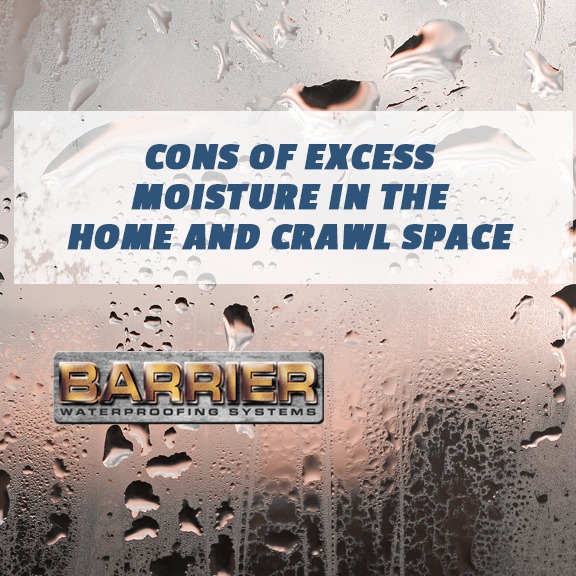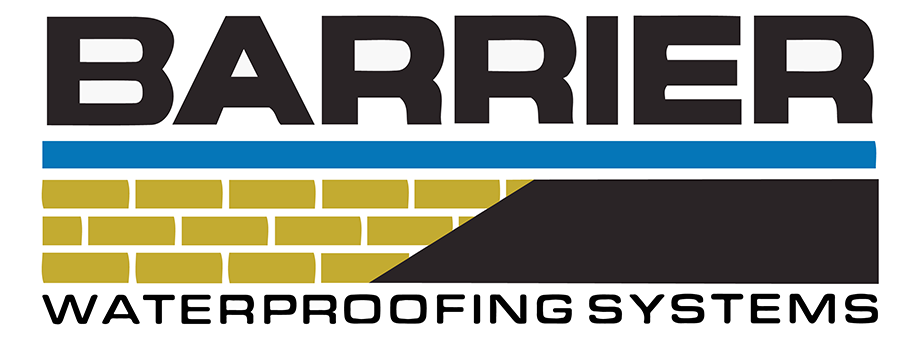Have you noticed droplets of water collecting on your windows and doors? While it may seem natural to assume that the windows or doors are the problem, condensation is actually an indication of excess humidity. This condensation is the same water you would see on your glass of cold drink outside in the summer.
Humidity in the air of your home can also accumulate from common indoor tasks. Of course, if the condensation on the window panes is forming on the inside of the home, then take note! There may be a high potential of moisture damage being done in your living areas.
Some signs of excess humidity present in your home:
- A feeling of “dampness” in the air
- Colored or stained interior surfaces
- Mold/mildew present and/or a must smell
- Warping wooden surfaces
- Paint that is cracking, peeling, or blistering
- Damp spots on the ceiling
What causes condensation is when warm, moist air comes into contact with surfaces cooler than itself. Excess humidity in the air then condenses when the cooled air aside the cool surface can’t hold as much moisture as the more warm and surrounding air.
One of the most humid places in your home actually lies below the floorboards. It is your crawl space, and with as much moisture that can accumulate there, you could be dealing with large amounts of damage. Fortunately, this can be prevented by being properly maintained.
Humid air from the outside that freely enters into the crawl space can bring enough moisture in to create a bunch of problems. (Those crawl space vents need to be sealed off properly!) These problems include:
- Mold and mildew growth
- A prime environment for animal infestation
- Wood rot
- Soil erosion
- Damage to the foundation of the home
- Cracked or bowing crawl space walls
- and more
Why Else Is Excess Humidity A Problem?
There are also some above ground consequences your home could face from crawl space moisture. You most likely won’t even think of the crawl space as being the culprit. For example, warped or “cupped” floorboards are a telltale sign of moisture intrusion and could very well be telling of humid air from below. Another common scenario is when garage walls begin rotting or the framing begins sinking or failing.
The amount of humidity it takes to cause damage like peeling paint or stained interior surfaces is most likely to be coming up through your crawl space. This can contribute a significant amount of moisture to the air in your home. Along with that moisture will also come remnants of any mold or mildew growing there, also bringing it into your living spaces.
Sealing the crawl space off from the bottom of the home and surrounding elements will keep it safe, dry, and healthy. This process is called encapsulation. Give your local waterproofing contractors at Barrier Waterproofing Systems a call today at (615) 257-1060 | (931) 536-1168 for an estimate on a project like this. Make an investment in the health of your home and your family.

